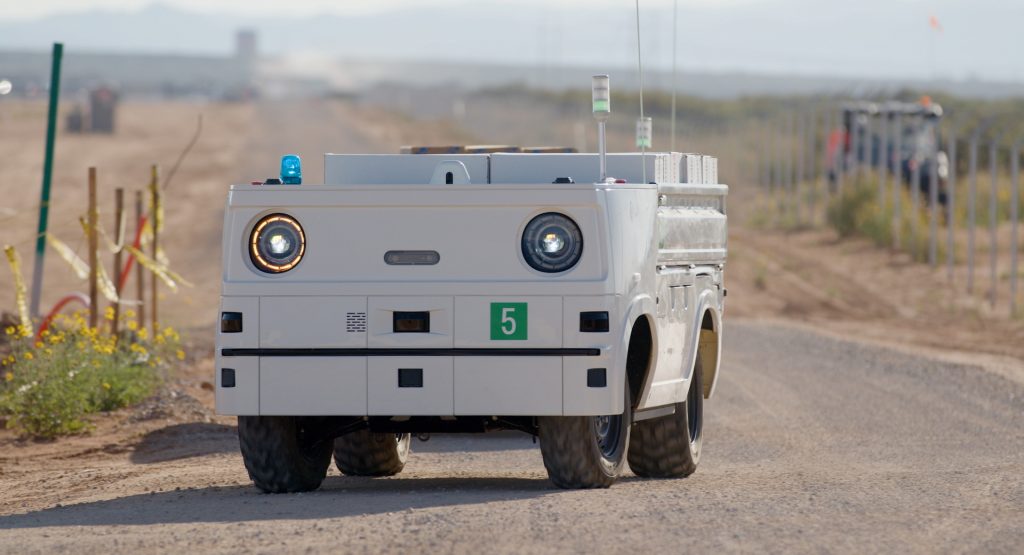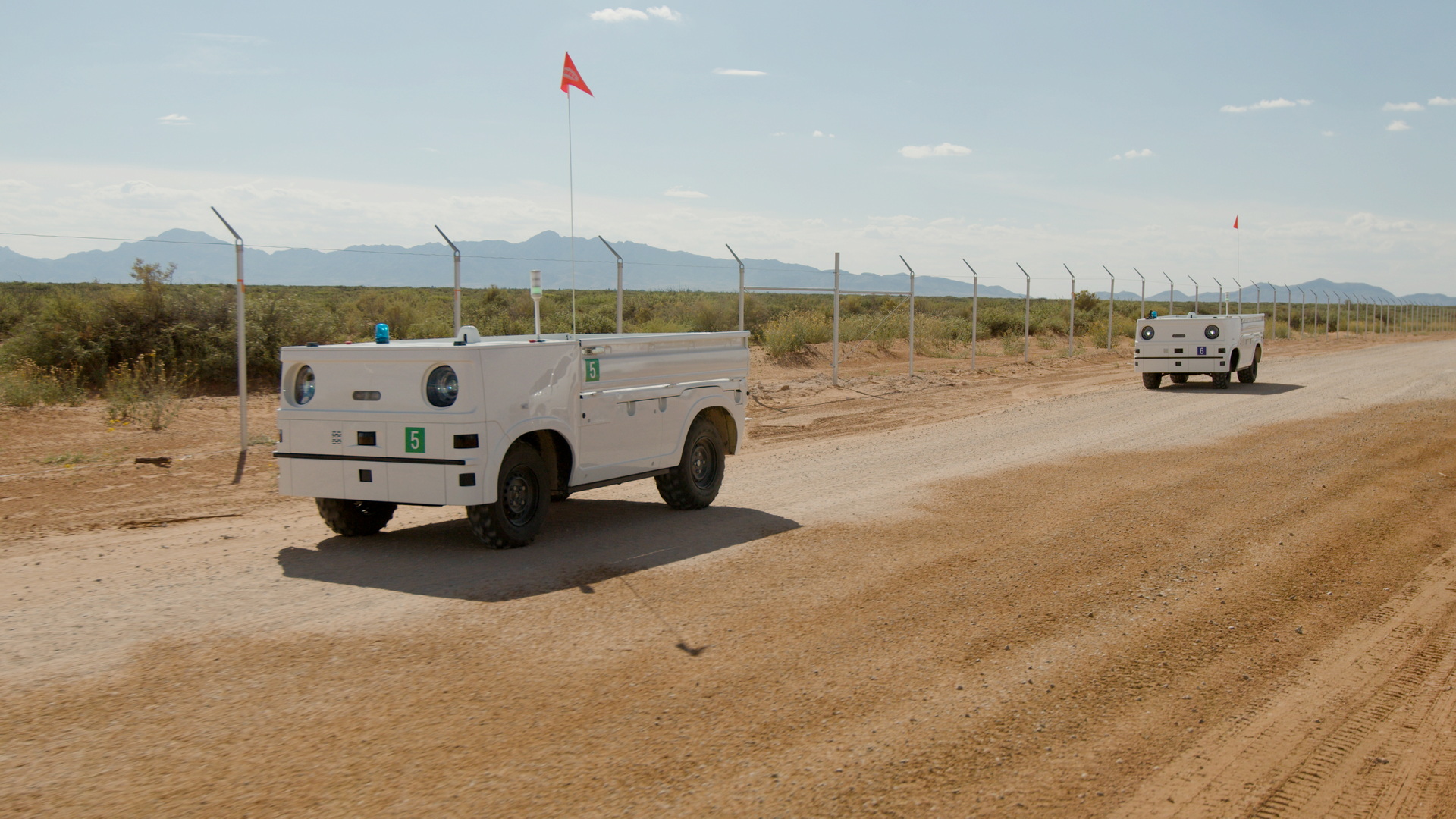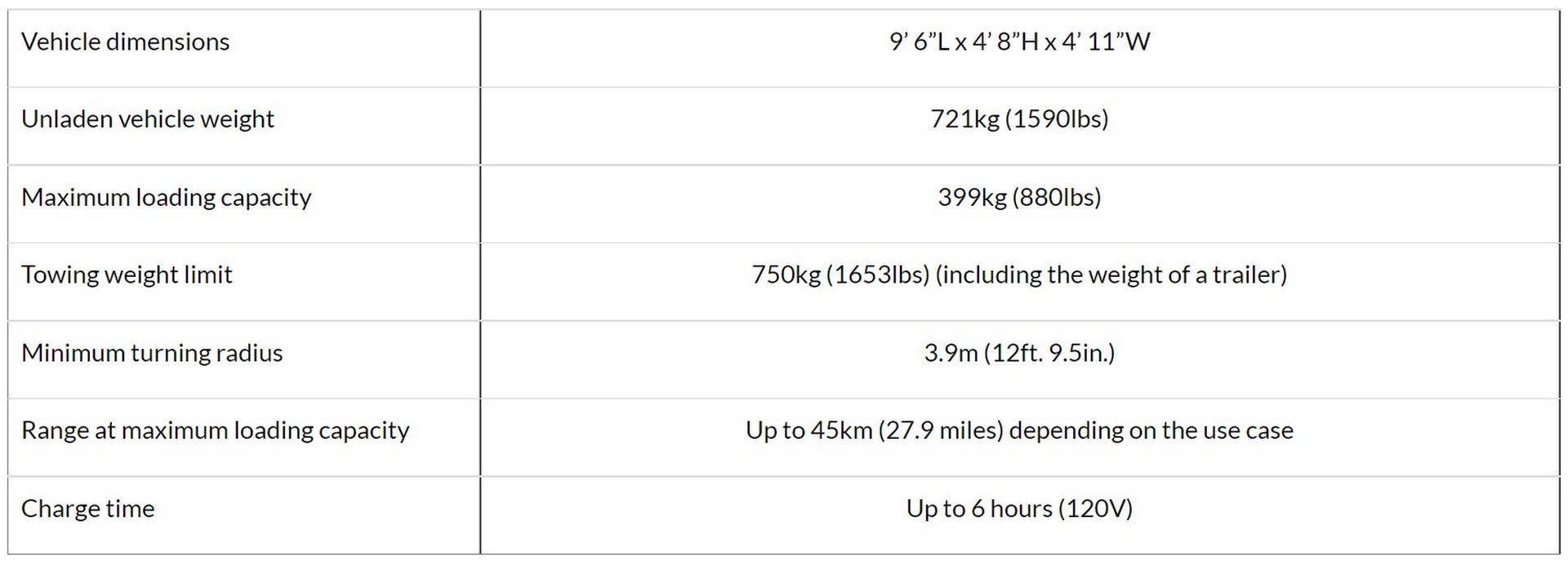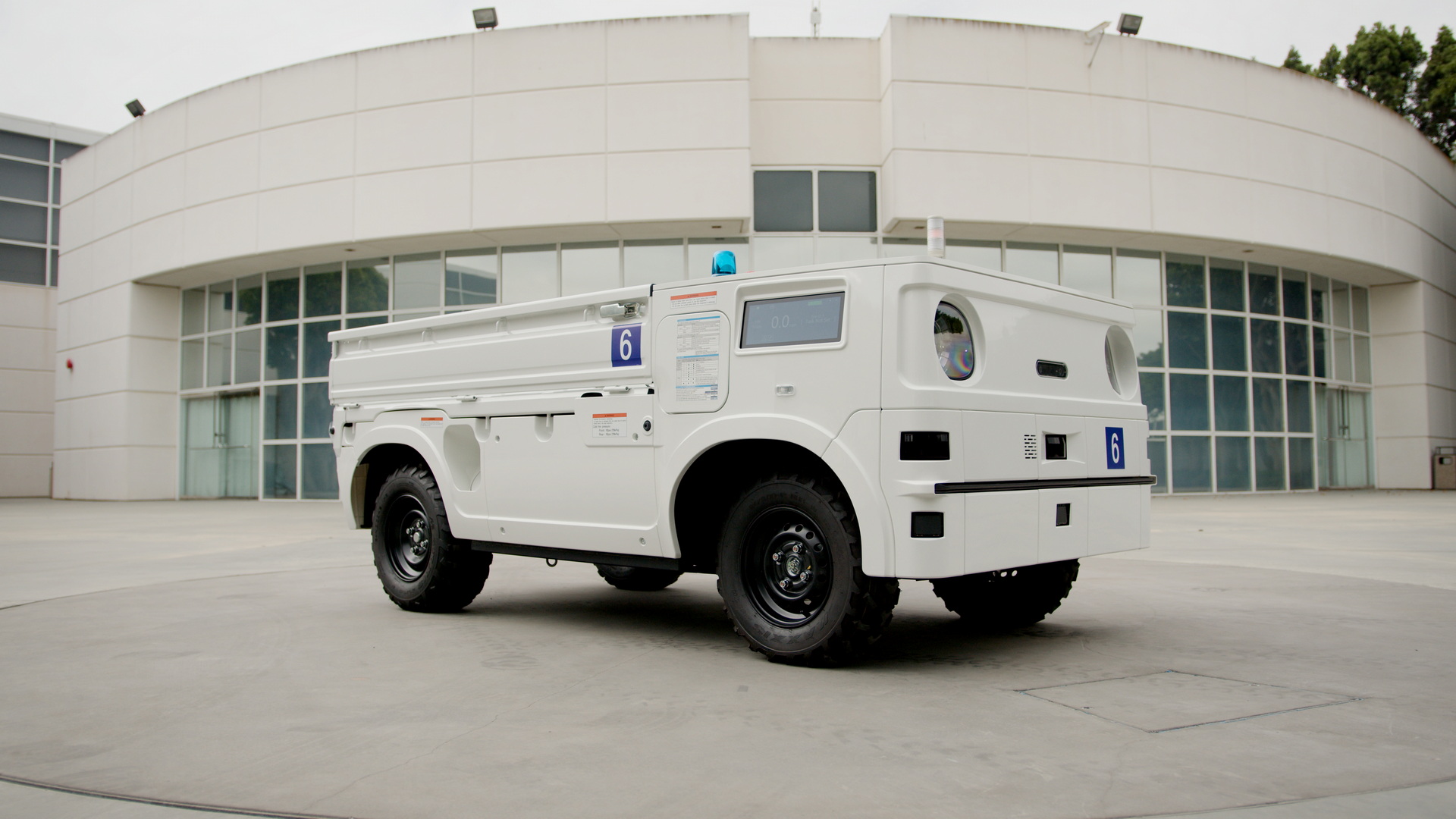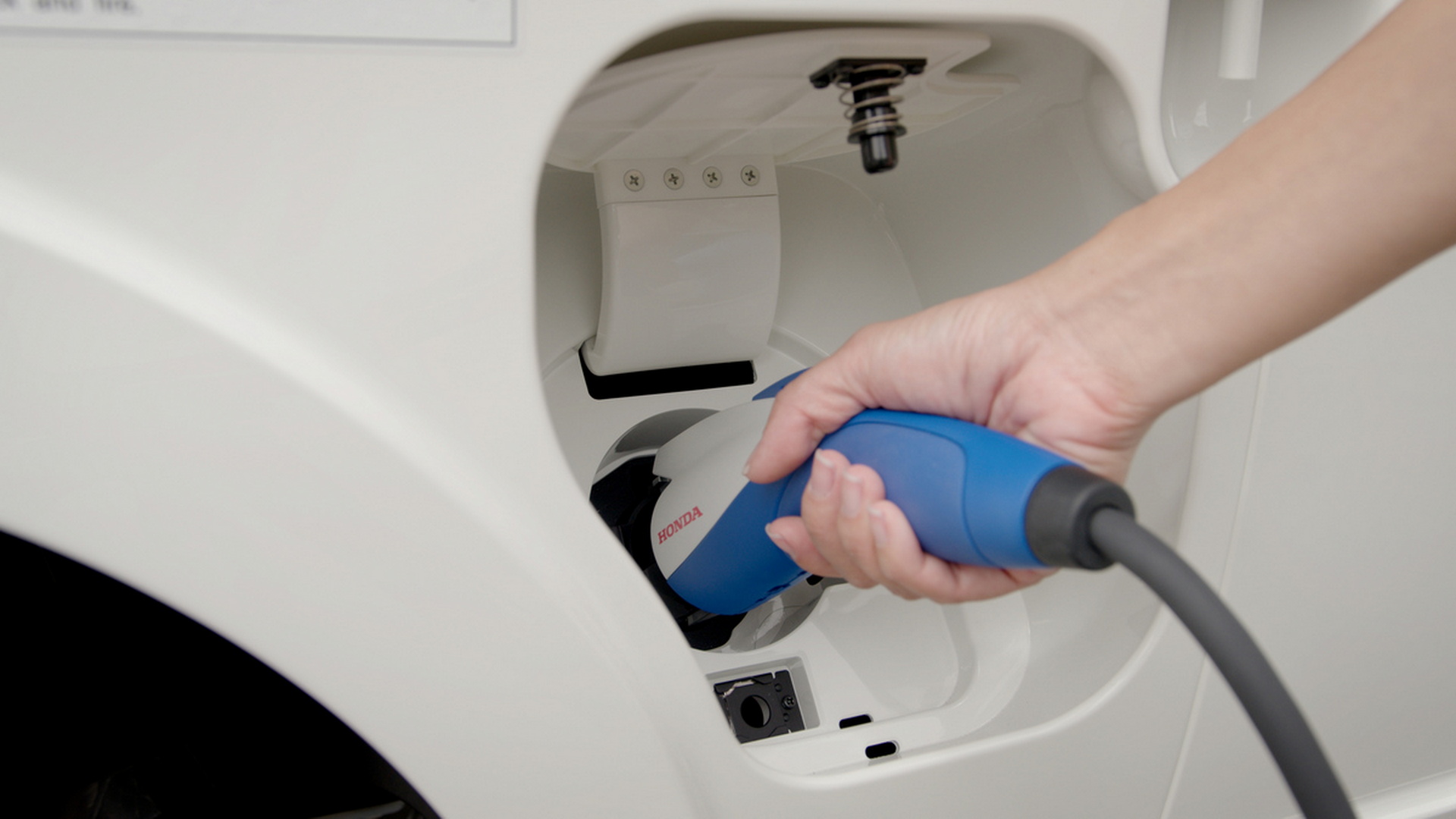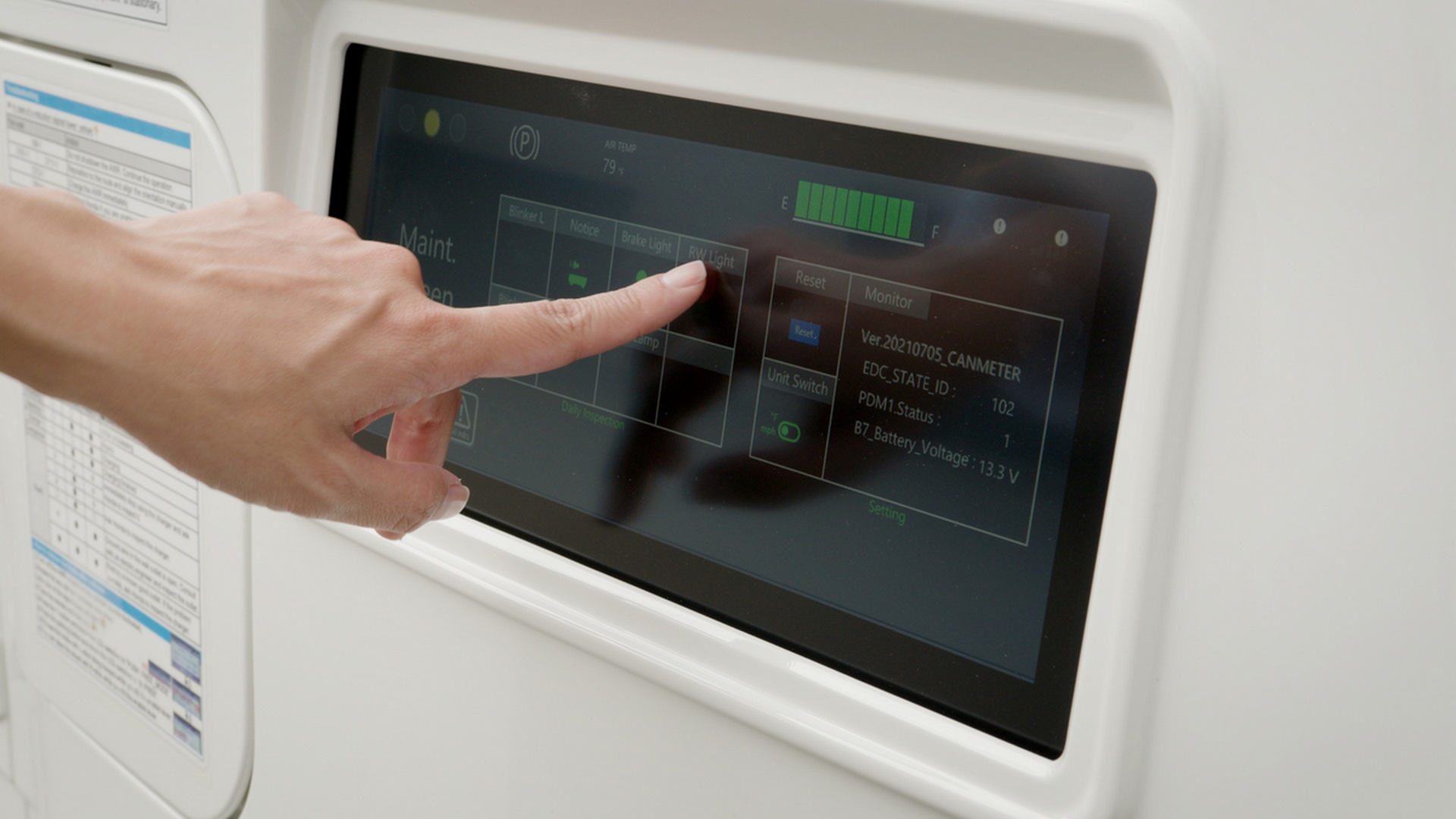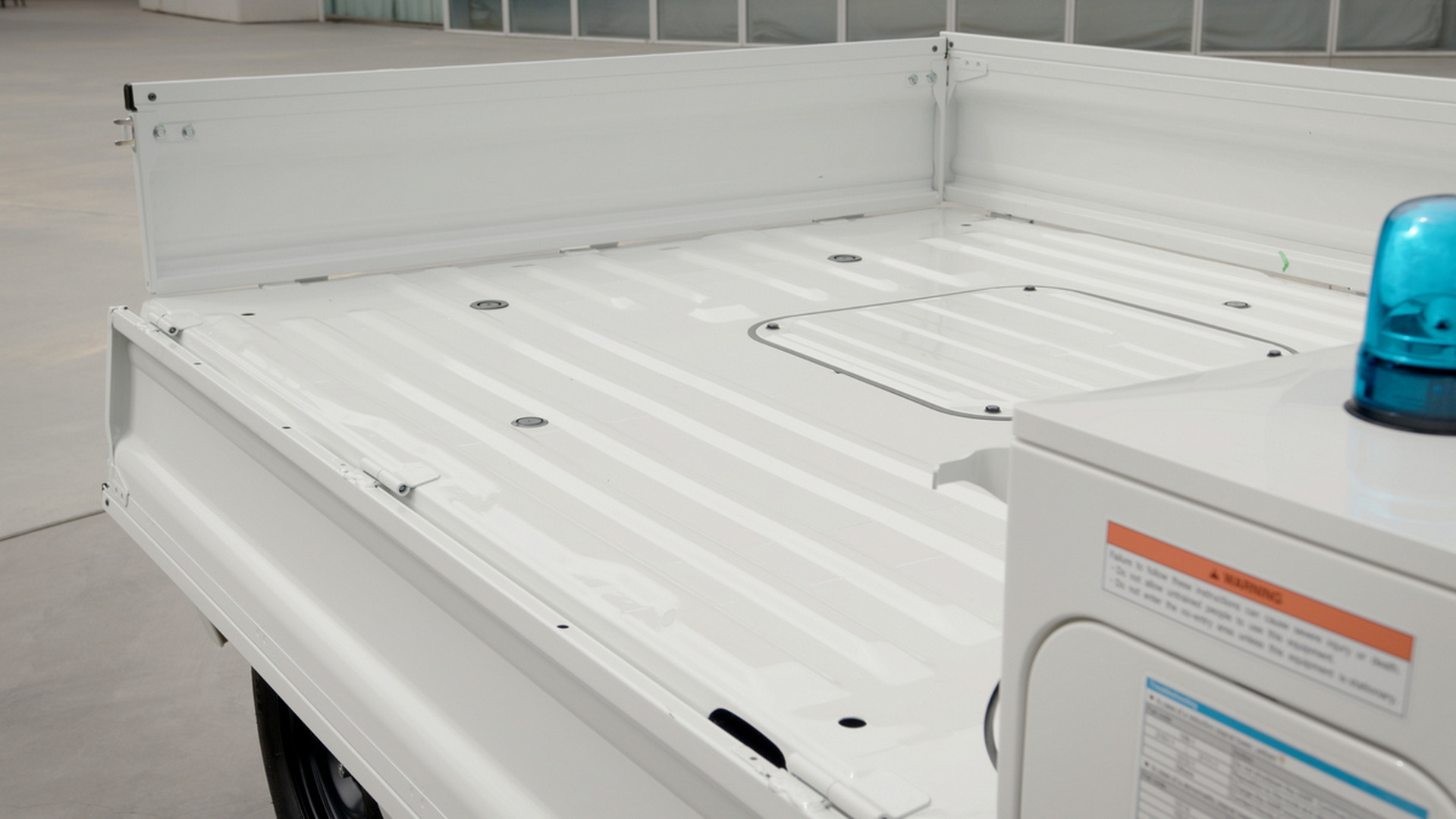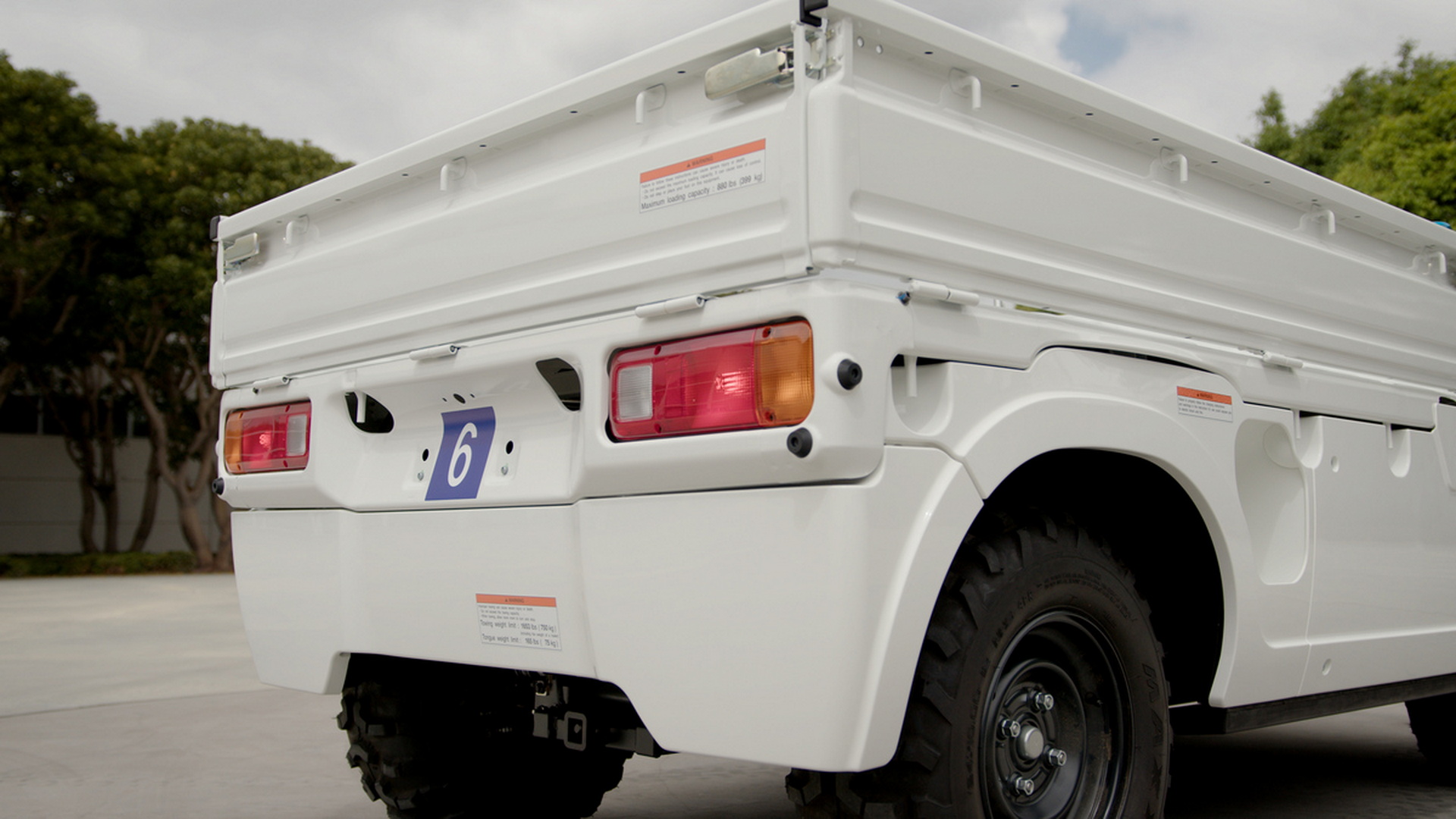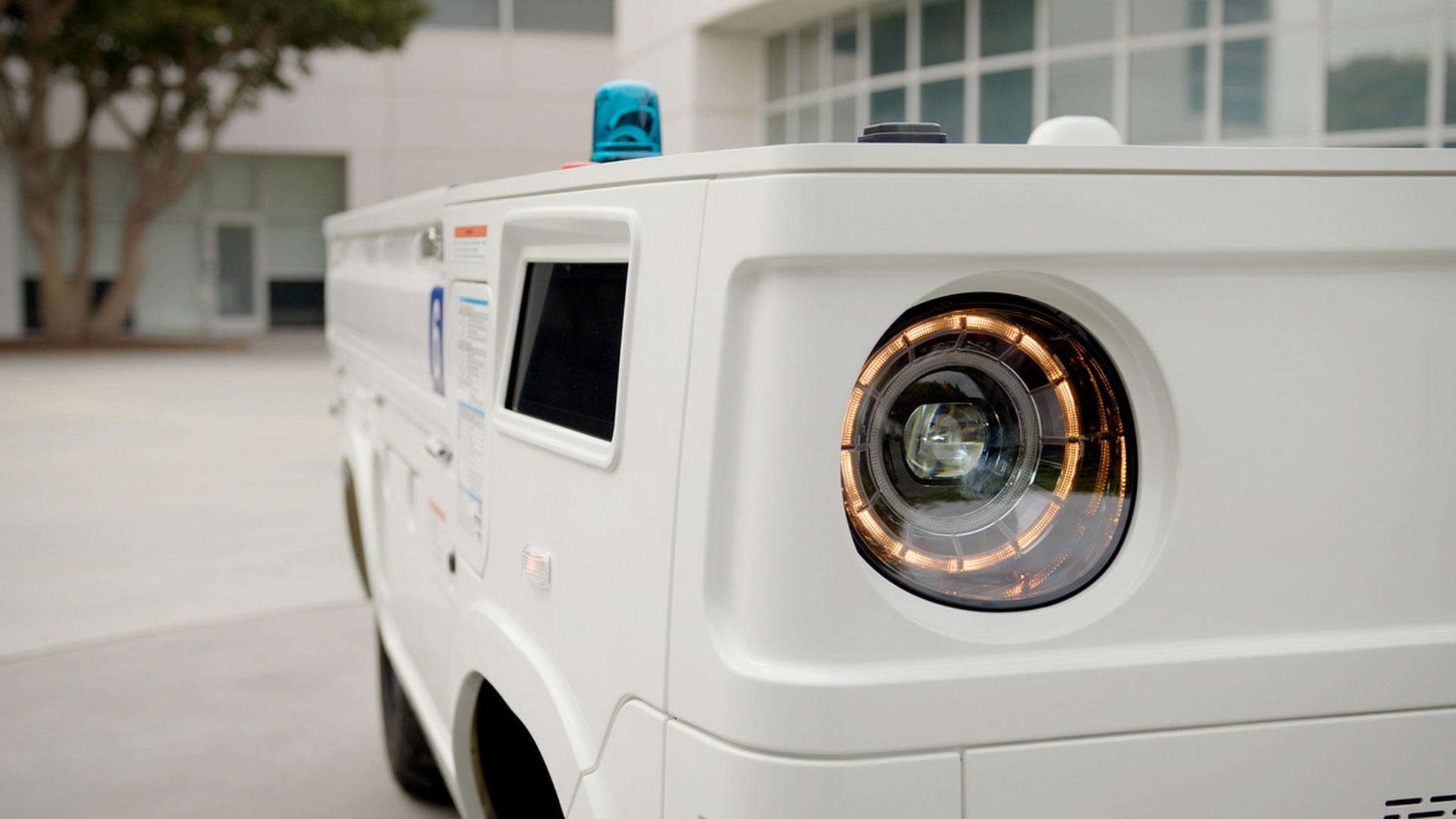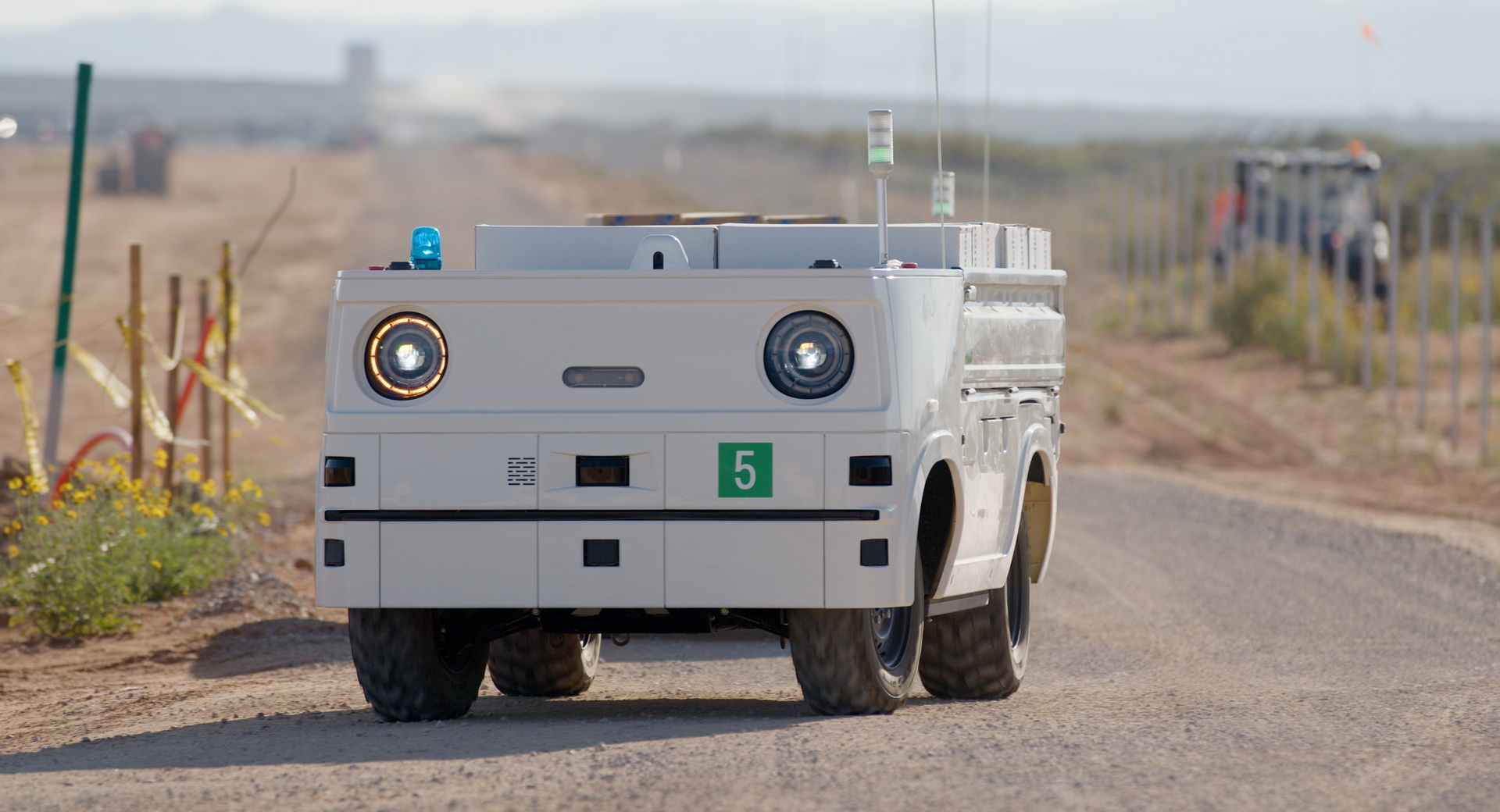Honda announced today that it has completed a test of prototype Autonomous Work Vehicles (AWVs) at a Black & Veatch construction site in New Mexico. There, the all-electric AWVs helped support construction workers at the site of a future solar farm.
The test saw the robots perform a range of functions, including towing, as well as the transportation of materials such as water and other supplies. Although not the AWV’s first test, it was the first test in which Honda deployed multiple units to work collaboratively.
Set to work at Black & Veatch’s 1,000-acre work site, Honda chose the location because of the solar panels. Laid out in a grid pattern at rectangular intervals, the automaker called the site the perfect location for the test.
Read More: Honda’s Adorable 3E Robotics Concepts Heading To CES 2018
In order to prepare for the test, Honda mapped out the location to allow operators to set out the precise start and stop points for the AWVs. Using a cloud-based app interface, the vehicles could be sent out to a precise location.
The AWVs use GPS as well as a suite of sensors, including radar, lidar, and stereoscopic cameras in order to find their destination and avoid obstacles. An operator can use their own stereoscopic vision to direct the AWV as it can also be driven by remote control if need be.
Along with all of those sensors, though, Honda also trained Black & Veatch’s personnel on how to safely operate and behave around the AWVs. The company has now provided Honda with detailed feedback.
The AWVs are capable of carrying 880 lbs (399 kg) and towing upwards of 1,590 lbs (721 kg). They were also capable of working up to eight hours in the high-temperature environment. They do, however, need about six hours to charge.
“With our test partner, Black & Veatch, Honda was able to demonstrate the performance of our rugged all-electric Autonomous Work Vehicle prototype in a large-scale construction environment,” said Kenton Williams, U.S. project lead for the Honda AWV. “We believe the Honda AWV has the potential to bring greater efficiencies, higher levels of safety, and better environmental performance to the construction industry, and to other industries seeking an autonomous off-road solution.”
First unveiled at CES 2018, the AWVs are designed to be rugged enough for a construction site without paved roads, while also being precise enough to stop within a fraction of an inch of their drop-off location. Although Honda hasn’t laid out a commercialization plan for the vehicle, it continues to develop the technology and invites companies interested in assessing the applicability of the vehicle to their work to get in touch.




